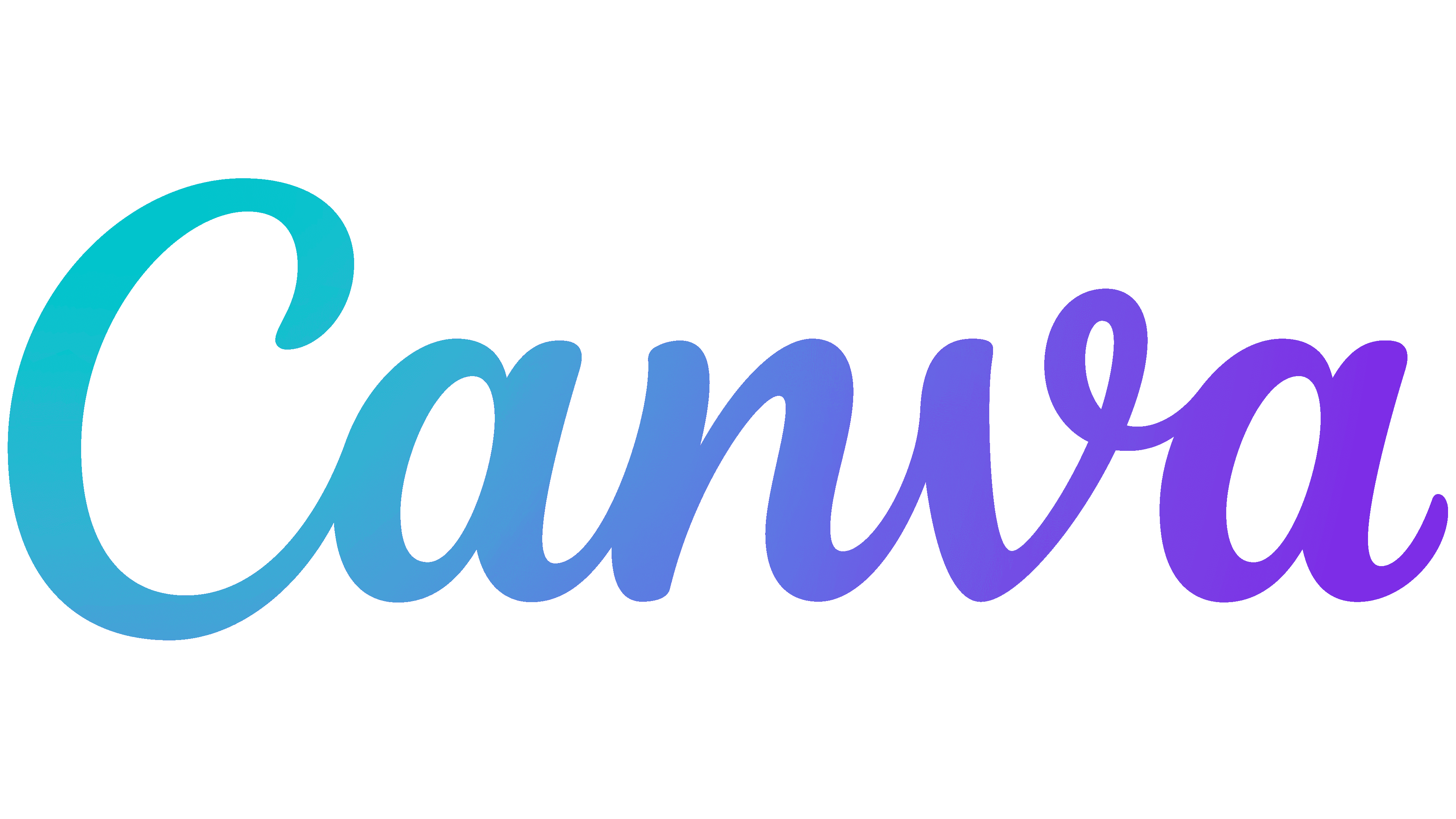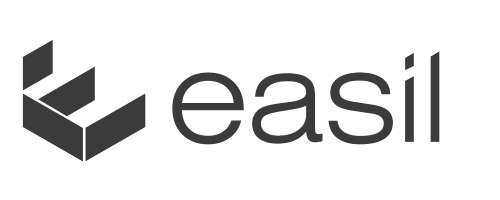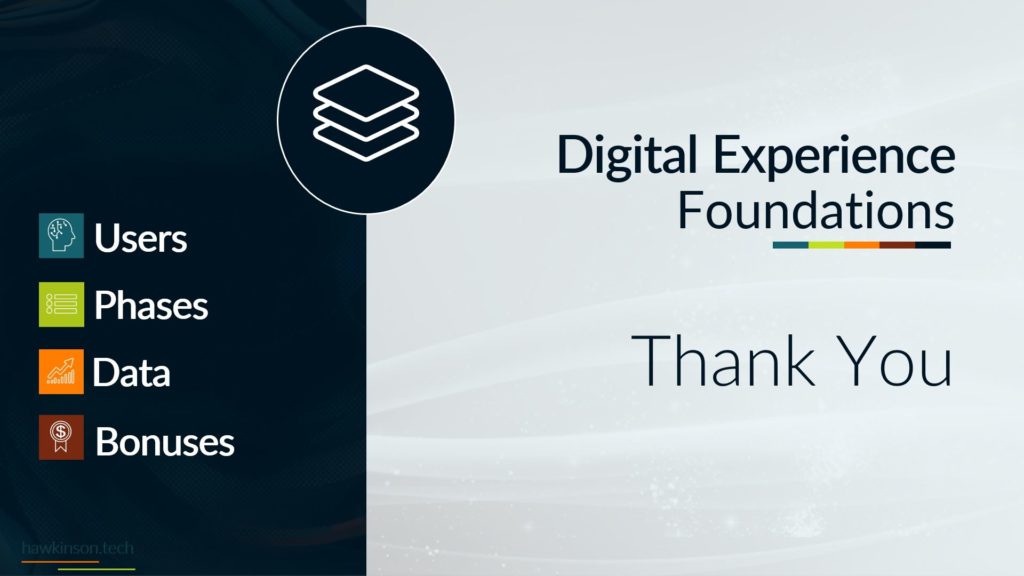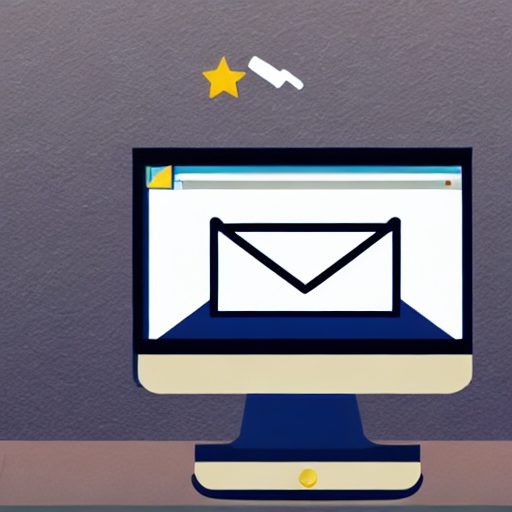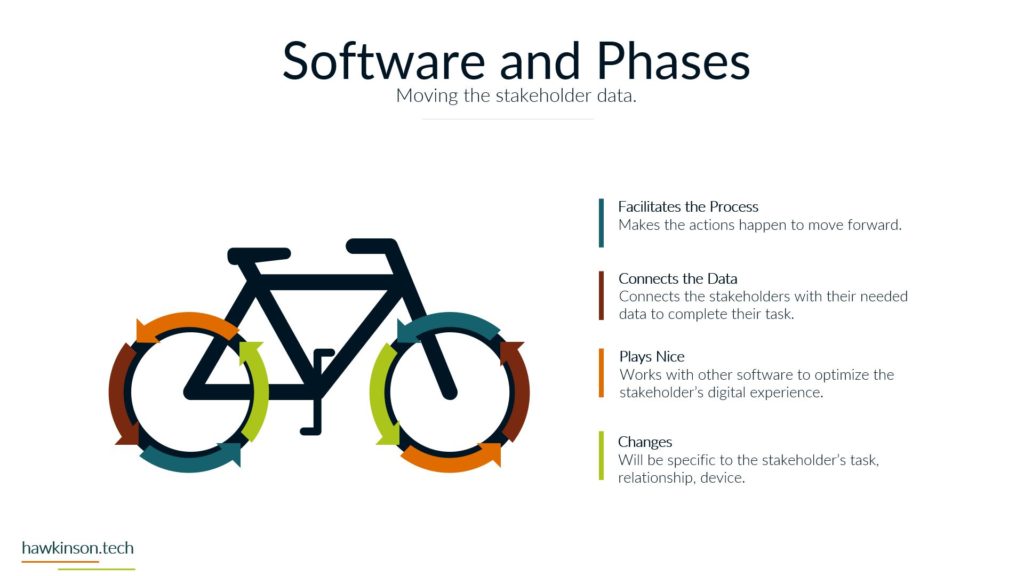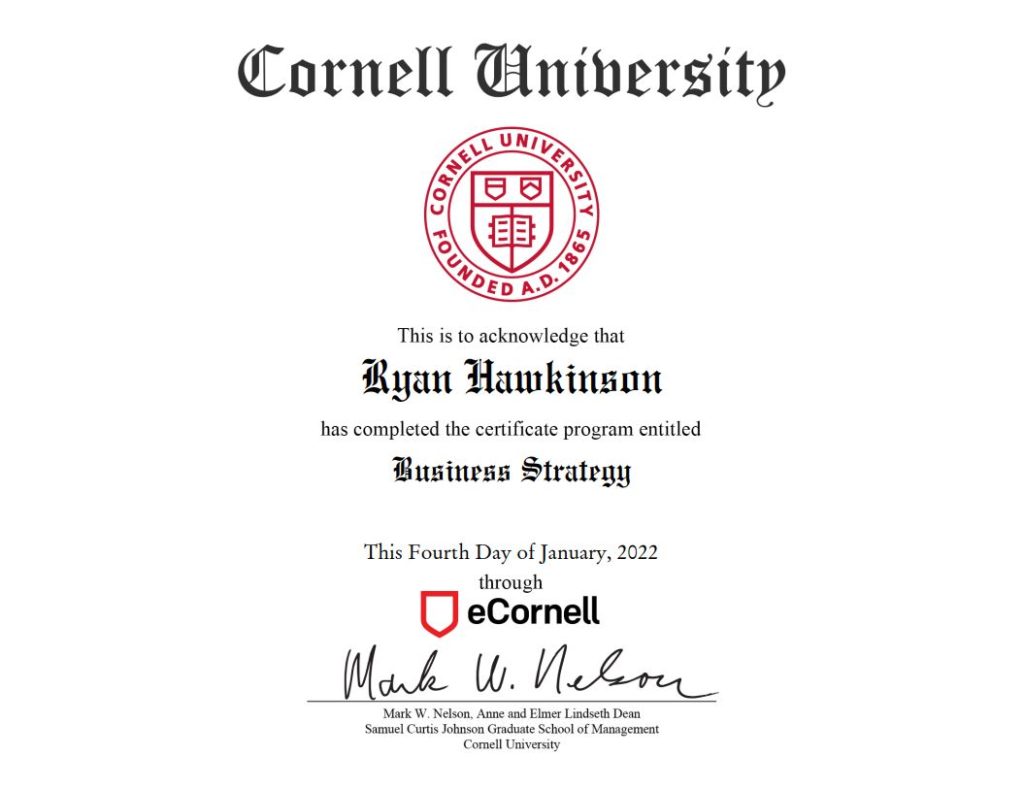Canva is a popular and straightforward online graphic design program. Users can import photos, design banners and logos using templates, or pay to use Canva’s professional stock images and premium templates.
Although most people think of it as an image design tool, Canva offers much more. You can design anything, including websites, documents, bills, brochures, and infographics. You can start with a new design or use the available templates.
Canva features mobile and desktop applications and an online version. Small business proprietors, virtual business owners, and advertisers who need to design things rapidly are best served by Canva.
Key Features
Add Effects to Photos
Canva offers a variety of photo enhancement effects. Both photographs you supply and photos Canva offers can have effects added.
When you choose a photo, you may view them at the top of the editor. You can use the options to rotate, resize, add filters, and modify your photographs’ intensity, contrast, vibrancy, tint, blurring, and other aspects. Using the effects menu, you may apply Duotone, Background Removal, Liquify, and others. A membership plan is necessary for some functions, such as Background Remover, but most features are available with the free version.
Several Designs and Templates
With the Canva Pro plan, you have access to more than 420,000 designs and 75 million pictures and videos. The templates can be browsed through or searched for using language or color. Click the Pictures tab and sort through the photos using the filters to find photos.
Font Collection
You may find all sorts of fonts in Canva’s font library beneath Text, including both single fonts and font combinations that range in complexity from simple to advanced. Canva will locate the specific font if you search for it. You can also publish fonts with a Pro account and a valid license.
Animated pictures
Applying animation effects is possible with Canva. All the effects available to you will be displayed in the Animation tab. Breathe, Block, Pan, Fade, and Raise are all cost-free options. It is also possible to purchase animations. You may make stunning photographs with these animations, particularly for social networking sites.
Other Features
- Many shapes and icons are available
- Drag and drop editor
- Easy to use
- Pro plans available
- Uploading to social media
- Content planner
